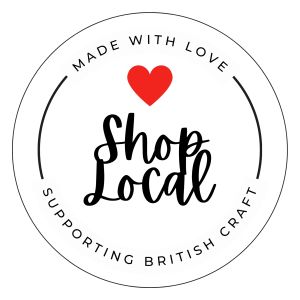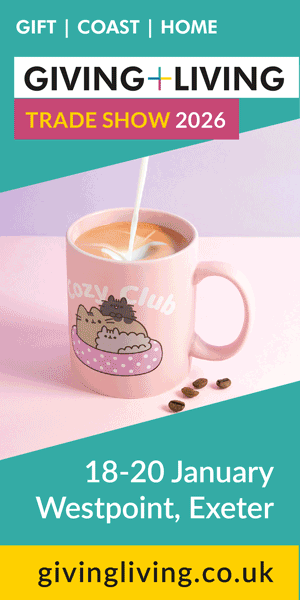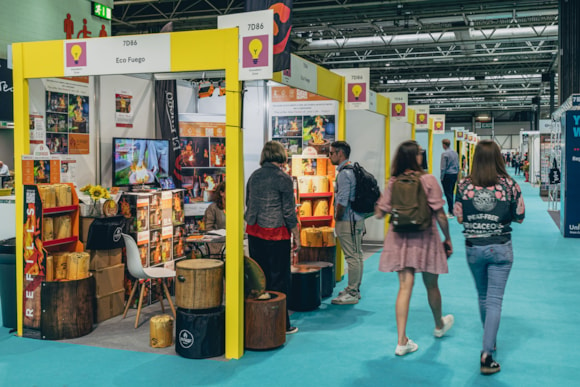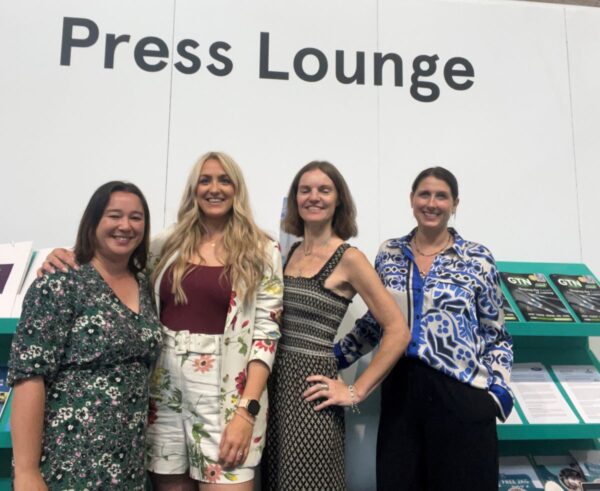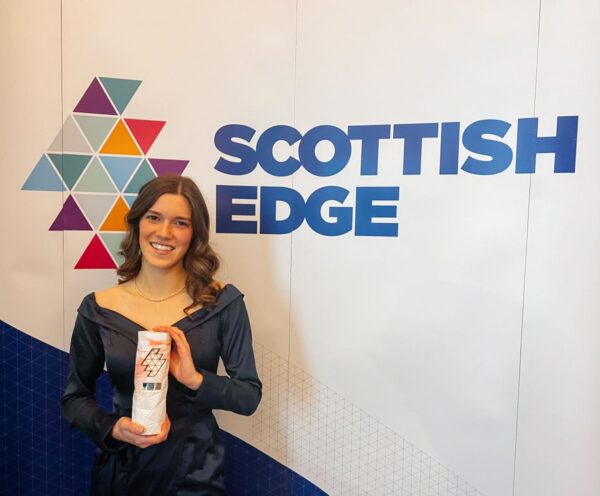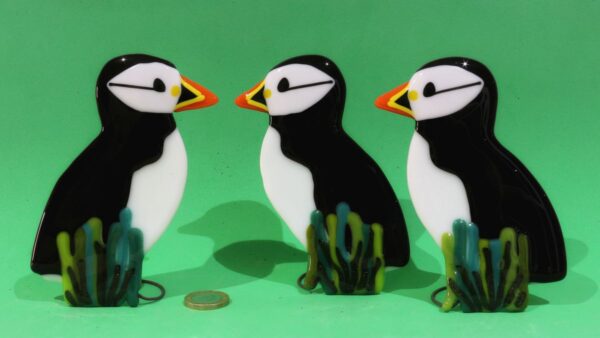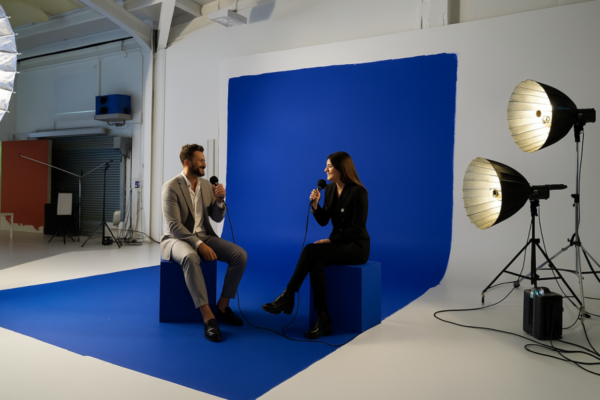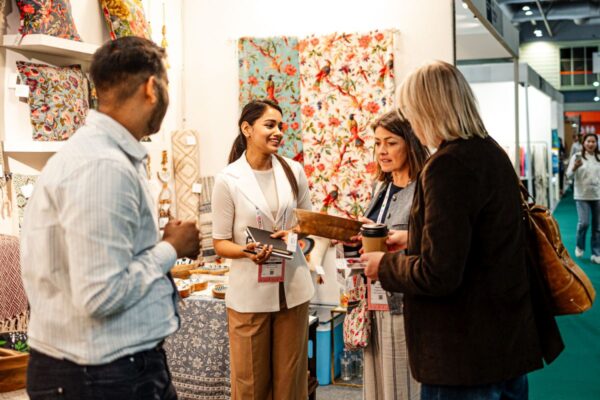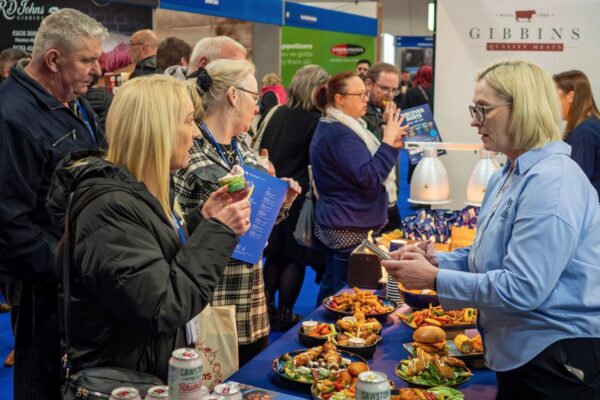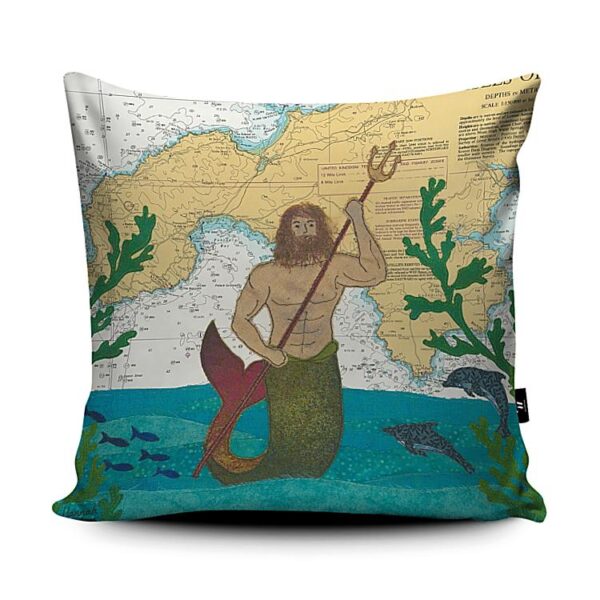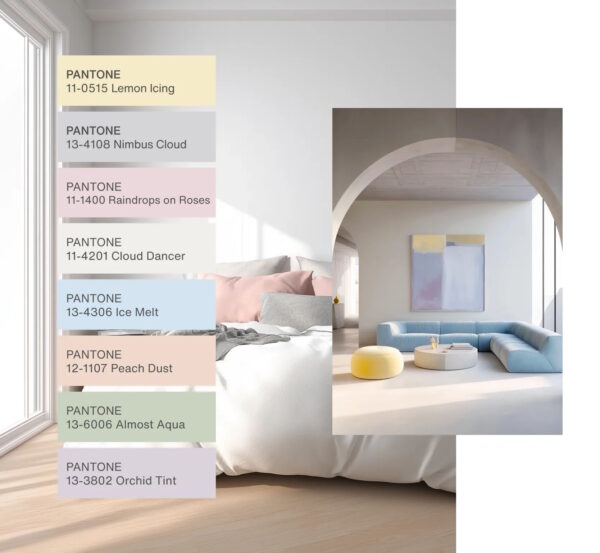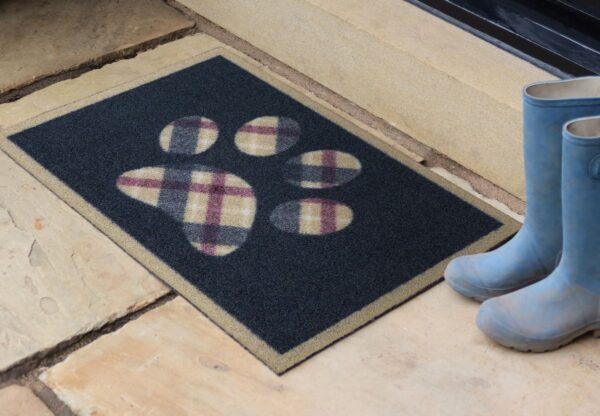Professional sculptor and art curator, Christine Pike, takes a look at how 2020 treated the craft sector.

Even the most talented clairvoyant could not have predicted the chaos and devastation that would be wrought by a global pandemic in 2020.
For decades the Craft sector has operated from within a framework of small and micro businesses reaching out to each other and to customers through a network of craft fairs, shops, and galleries. Although social media had played a promotional role for many businesses pre-pandemic, few craft-based businesses saw online selling as the main source of their income since craft making is a fundamentally hands-on form of production where communication of the processes involved are just as important as the finished article.
And then ‘You Know What’ happened and suddenly all the traditional avenues for selling disappeared faster than Cinderella’s coach turning into a pumpkin!
Online selling became the only game in town. Anyone who was remotely tech-savvy swiftly re-focused their business model, spruced up their website and online shop, and got creative with the video function on their phone.
At first it felt a bit like the Wild West, with the sheer volume of makers, galleries, and event organisers piling in to stake their claim to a tiny corner of cyberspace. There has been a lot of experimenting with different presentation formats as people attempted to recreate an ‘authentic’ visitor experience online. Some of us flirted with 3-D gallery software – curating a digital show remotely, via Zoom, was certainly one of the most surreal memories I shall have from 2020. Some used video to create online art trails and ‘meet the maker’ reels – to great effect (who can resist a peek into someone else’s studio or gallery?) And show organisers adapted their websites to present the work of makers who would have been at their events in happier times.
One show that stood out from the crowd has been the British Craft Trade Fair. With its formidable dashboard functionality the BCTF website has always been at the cutting edge of niche selling by multiple users. Building in videos shot by the makers and offering digital ‘chill out’ rooms facilitated a transactional experience that felt more personal than the usual online show. Several people reported good sales and high satisfaction with the Spring and early Autumn events.
While many of us were forced, kicking and screaming, into the white hot glare of a digital universe, some makers wholeheartedly embraced the ‘New Normal’ in 2020 and have positively thrived. Their stories are an encouragement to us all:

Thomas Petit Glass
Thomas Petit is a Derbyshire-based glassblower whose work sells in galleries in the UK and internationally. A chance remark from a printmaker friend back in June led Thomas into a whole new direction with his work which has kept an income flowing despite all the usual routes to selling being severely restricted.
Fine artist, Liz Wellby, was frustrated that she couldn’t find a decent printmaking baren in the UK at a sensible price and wondered if Thomas might be able to make her one:
“It started a chain of events that led to information gathering, hot glass experimenting, trials at Liz’ studio and, ultimately, adding them to my website, as well as selling mainly through Instagram”, he explained.
Estimating he might sell around ten a year, he was taken by surprise at the demand, which has seen sales rise to nearly 200 in five months.
Samples can be seen on Thomas’s website.
Hedkase Designs
Milliner, Sally Wilding, has been used to taking her Hedkase Designs label on the road for many years, where she is a familiar sight on the craft show circuit, but when the pandemic hit, her chief source of income dried up overnight.

At first she joined an army of local volunteers to make scrubs for the West Suffolk Hospital but they were quickly over-subscribed and she wasn’t needed for long. Having made a few face masks for friends and neighbours she was beginning to get orders from further afield. A friend helped her revive her Etsy shop (which had been languishing in cyber obscurity) – and when mask wearing became mandatory things really took off, with 150 orders coming in per day at one point. She even had to rope in her parents to help with cutting elastic and packing orders.
And, as Sally explains, there has been an unexpected benefit: “…the algorithm god has been kind to me as I’m now very busy with my hats, clothes and accessories” which are currently being sold exclusively through Etsy and social media channels. Sally’s quirky fleece hats and oh-so-wearable linen tunics have struck a chord with a public looking for comfort and quality in these challenging times, it seems.
Sally can’t wait for the shows to be allowed to return but, for now, she is content to be working full time, selling everything she makes:
“I wake up every day happy to be doing this job, just me with my music in my workshop, dreaming up designs for my lovely customers!”
Hedcase Designs (pictured at the top of this article) can be viewed on her Etsy site.
Kev Colbear
For artisan contemporary metal worker, Kev Colbear, 2020 was going to be THE year; the year when he planned to exhibit his designs nationally at prestigious events such as the RHS Hampton Court Flower Show, and had secured a significant public sculpture commission – a far cry from the early days when he and his wife had nothing to eat for dinner except a shared Pot Noodle ™ !

Then the shows got cancelled and the commission put on hold indefinitely. At this point there was a trickle of orders coming in but Kev was starting to worry that a snack-based future beckoned once more.
Fortunately for Kev, however, the first lockdown coincided with good weather and, as people were forced to spend more time at home, the thoughts of many turned to their gardens. Lots of of Kev’s clients were still financially secure and ploughing refunds from cancelled holidays into diy projects and garden makeovers.
”Within the space of 10 days my sales ramped as If I was doing shows. Unreal and totally unheard of!” he explains.
And, for the first time in years, he has been able to spend summer weekends with the family instead of being at shows. He feels that this year has brought him a better work-life balance, with time for taking his dog, Moose, for long walks and working shorter hours so that he can be with his wife and children.
This measure of contentment has been achieved largely though Kev’s skillful use of social media and, in particular, Instagram, where he shares videos of his work and studio as well as completed client projects. Regular updates, clear information and pricing, and a friendly, enthusiastic attitude have been a recipe for success which he will take into the future:
”Social media is the key to all advertising now”, he agrees. “When some makers tell me they don’t use it, I wince a little. How can you NOT want to advertise?”
You can see Kev Colbear’s work on his website.
If 2020 has taught us anything, it is that, in order to survive in the future as makers, we need to build online selling into our infrastructure as a central part of our activities.
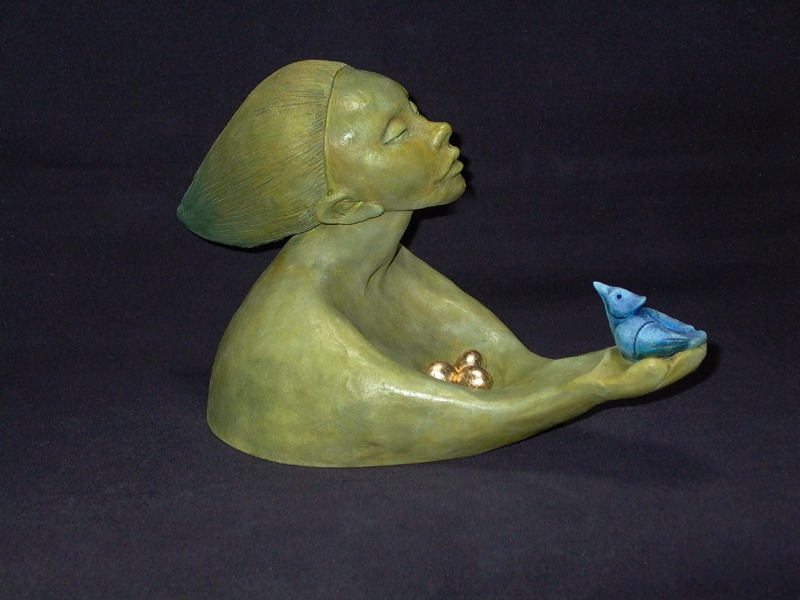
The Craft Council published its latest overview of the craft sector in May this year and drew conclusions which could spell good or bad news, depending on your attitude to social media as a promotional tool. On one hand Facebook and Instagram, in particular, have created a more level playing field for younger makers from diverse backgrounds to launch their careers in a low cost/low risk setting. But there is a downside in that certain areas of the market are in danger of being overwhelmed by low value work that makes it harder for more established makers to compete. The challenge to older, professional craft workers will be to embrace digital and use it creatively to justify their higher prices and explain their work to a generation of potential buyers who are digital natives. None of us can sit back and simply hope for the ‘Old Normal’ to return.




